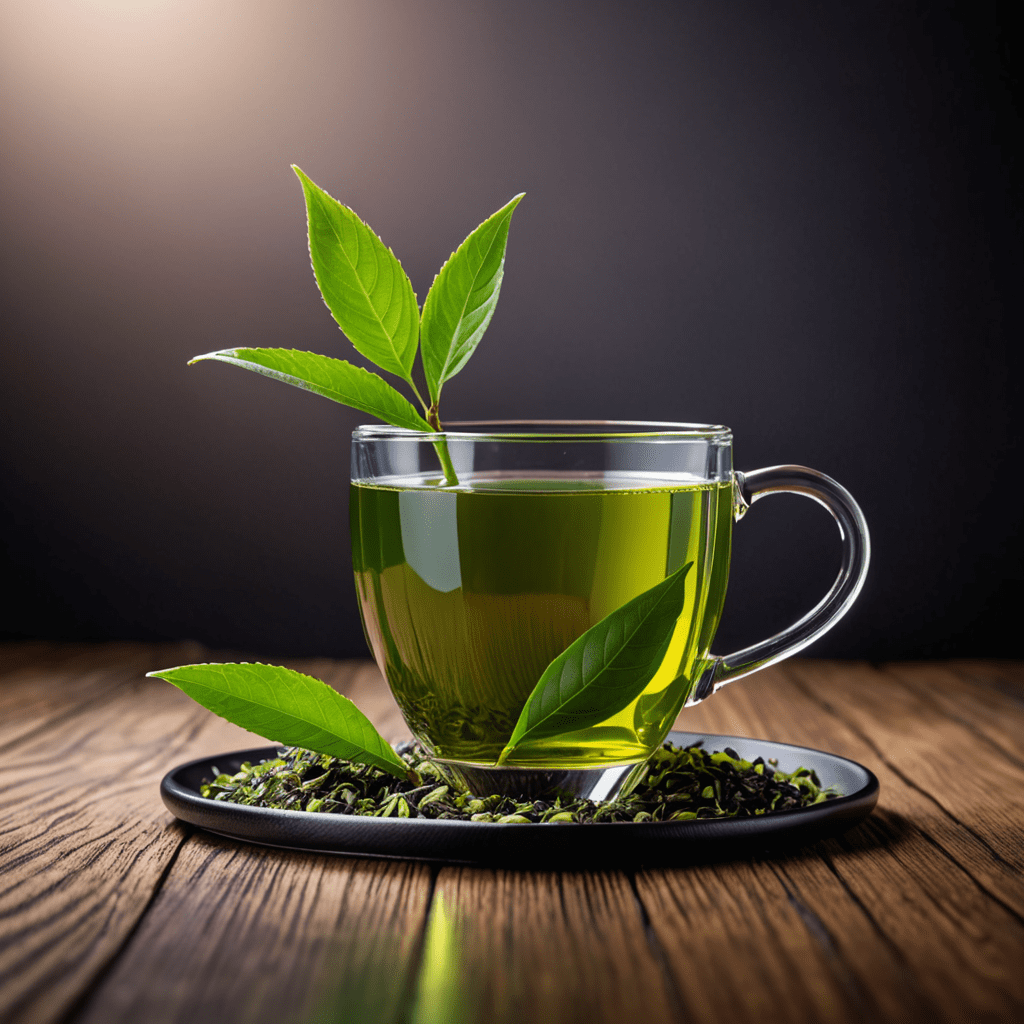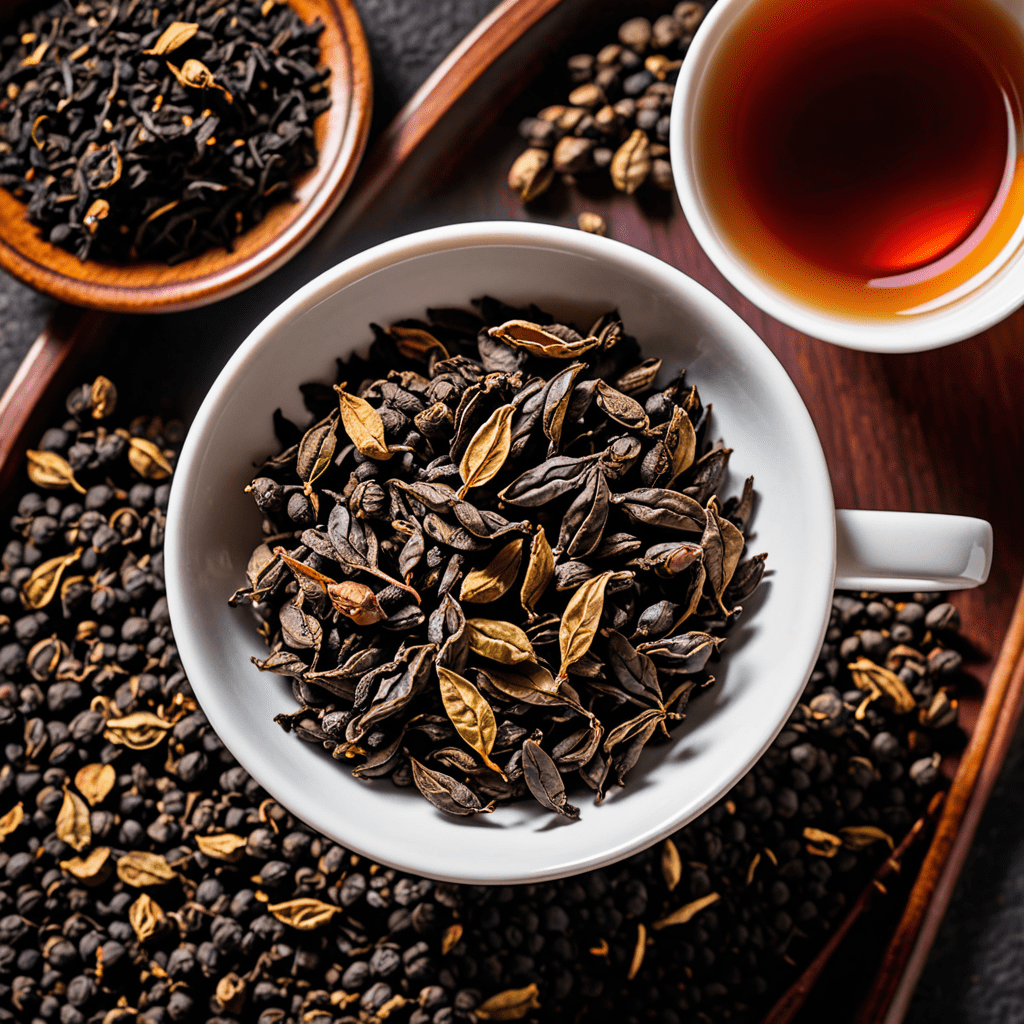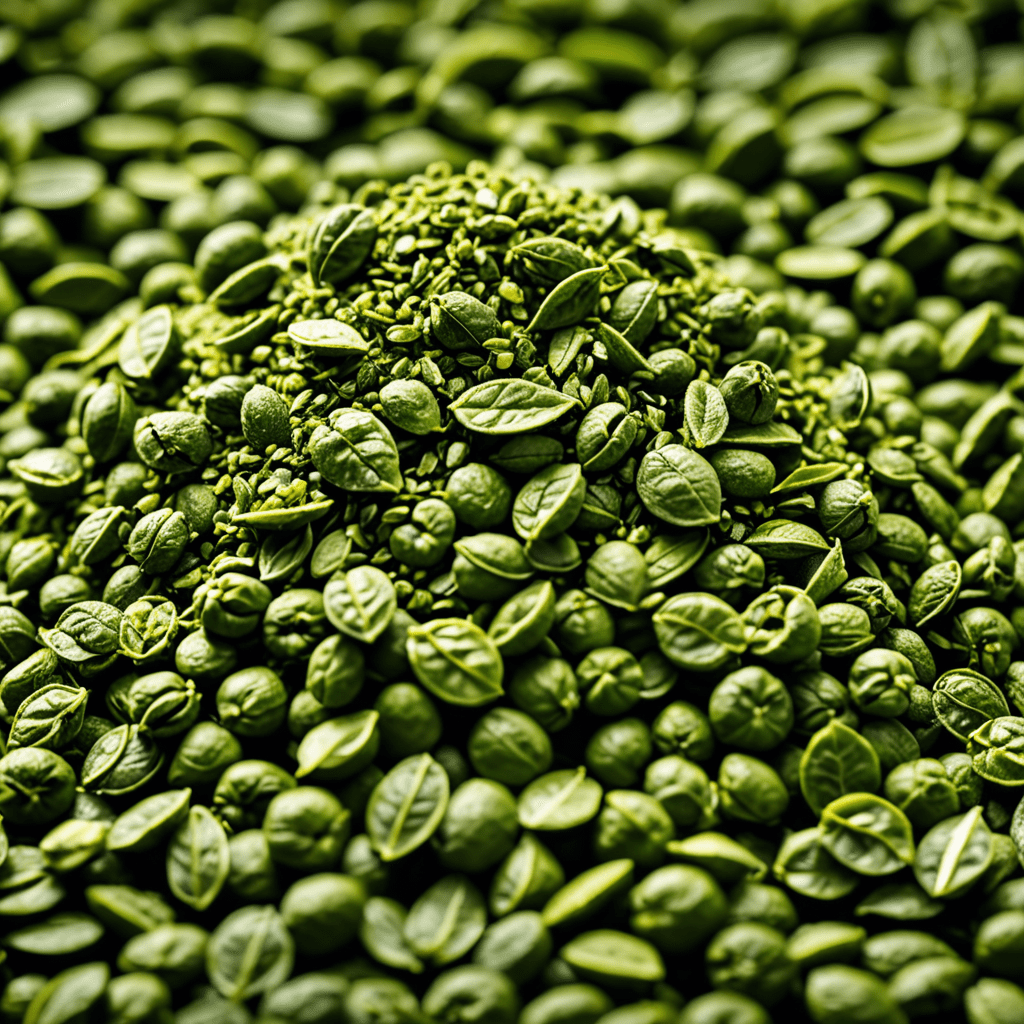Introduction: The Allure of Ceylon Tea
Ceylon tea, a moniker synonymous with quality and excellence, has captivated tea enthusiasts worldwide for centuries. Renowned for its exquisite flavors, health benefits, and cultural significance, Ceylon tea embodies the rich tapestry of Sri Lanka's heritage. This aromatic beverage, cultivated amidst the verdant hills and kissed by the tropical sun, is an intrinsic part of Sri Lankan identity, weaving its way into the fabric of daily life.
Historical Roots: From Ancient Origins to Colonial Legacy
The origins of Ceylon tea can be traced back to the ancient annals of Sri Lanka, where wild tea plants flourished in the island's pristine rainforests. It was not until the 19th century, however, that commercial tea cultivation took root, spurred by the British colonial government. Seeking to capitalize on the global demand for tea, the British introduced tea plants from China and India, transforming Sri Lanka into a major tea producer. Over time, Ceylon tea gained international acclaim for its distinctive flavors and high quality, establishing itself as a global tea powerhouse.
Cultivation and Terroir: The Unique Landscapes of Sri Lanka
Ceylon tea is cultivated in Sri Lanka's diverse landscapes, ranging from the central highlands to the coastal plains. The island's unique climate, characterized by abundant rainfall, sunshine, and varying altitudes, provides ideal conditions for tea plants to thrive. Distinct geographical regions, known as "terroirs," impart unique flavor profiles to Ceylon teas, influenced by factors such as soil composition, elevation, and rainfall patterns. These diverse terroirs contribute to the exceptional range of flavors found in Ceylon teas, from delicate notes of citrus and flowers to robust and malty undertones.
Processing and Grading: Preserving the Authenticity of Flavors
The processing of Ceylon tea is an art form that has been passed down through generations, ensuring the preservation of its authentic flavors. After harvesting, tea leaves undergo a series of meticulous steps, including withering, rolling, oxidation, and drying. These processes are carefully controlled to bring out the desired characteristics of each tea type, whether it be black, green, or white. Ceylon tea is also graded according to its quality, with higher grades indicating superior leaf size, appearance, and flavor. This grading system ensures that tea connoisseurs can consistently enjoy the finest Ceylon teas available.
Health Benefits: Unveiling the Medicinal Properties
Beyond its exquisite taste, Ceylon tea is also renowned for its health benefits, which have been recognized for centuries. Rich in antioxidants and polyphenols, Ceylon tea has been shown to possess anti-inflammatory, anti-carcinogenic, and antimicrobial properties. Studies have suggested that regular consumption of Ceylon tea may promote cardiovascular health, reduce the risk of chronic diseases, and improve cognitive function. These health benefits further enhance the appeal of Ceylon tea, making it a beverage that combines both pleasure and well-being.
Cultural Significance: Tea as an Integral Part of Sri Lankan Life
Ceylon tea is deeply intertwined with Sri Lankan culture and traditions, playing a central role in daily life. The aroma of freshly brewed Ceylon tea wafts through homes, tea stalls, and workplaces, serving as a symbol of hospitality and social interaction. Tea is an integral part of Sri Lankan cuisine, often accompanying meals or served as an afternoon treat. The sharing of a cup of tea is a cherished ritual, fostering connections and strengthening bonds within communities. Ceylon tea has also found its way into local customs and festivals, becoming an indispensable part of Sri Lanka's rich cultural heritage.
Economic Impact: A Pillar of the Sri Lankan Economy
Ceylon tea is a vital pillar of the Sri Lankan economy, contributing significantly to the country's foreign exchange earnings and employment. The tea industry provides livelihoods for millions of people involved in cultivation, processing, and distribution. The government of Sri Lanka actively supports the tea industry through research and development initiatives, as well as marketing and promotional efforts to maintain Ceylon tea's global competitiveness. The economic impact of Ceylon tea extends beyond its monetary value, as it shapes the social and cultural landscape of Sri Lanka, fostering a sense of national pride and identity.
Tourism and Culinary Delights: Savoring the Tea Experience
Ceylon tea has become a sought-after destination for tea enthusiasts and tourists worldwide. Visitors flock to Sri Lanka's tea-growing regions, immersing themselves in the picturesque landscapes and experiencing the tea culture firsthand. Guided tours of tea plantations and factories provide insights into the meticulous processes involved in tea cultivation and production. Culinary experiences showcasing Ceylon tea abound, from traditional tea ceremonies to innovative tea-infused dishes. Sri Lanka's thriving tea tourism sector contributes to the local economy while promoting the country's rich tea heritage to a global audience.
Environmental Sustainability: Preserving the Natural Heritage
The cultivation of Ceylon tea is deeply intertwined with environmental sustainability. Sri Lankan tea plantations are renowned for their responsible farming practices, prioritizing soil conservation, water management, and biodiversity preservation. Sustainable agriculture techniques minimize environmental impact, safeguarding the delicate ecosystems that support tea plants. The use of natural fertilizers and pest control methods further ensures the purity and authenticity of Ceylon teas. As consumers become increasingly conscious of ethical and sustainable sourcing, Ceylon tea's commitment to environmental stewardship sets it apart in the global market.
Conclusion: Ceylon Tea, a Timeless Legacy of Sri Lanka
Ceylon tea stands as a testament to the rich heritage, diverse landscapes, and cultural traditions of Sri Lanka. From its humble beginnings to its international acclaim, Ceylon tea has become a symbol of quality, health, and well-being, enjoyed by tea lovers worldwide. The preservation and promotion of Ceylon tea are essential to safeguarding Sri Lanka's economic, social, and environmental legacy. As the world continues to embrace the flavors and benefits of Ceylon tea, its timeless allure endures, captivating the senses and connecting people from all walks of life.
FAQs
Q: What is the difference between black, green, and white Ceylon teas?
A: Black Ceylon tea undergoes full oxidation, resulting in a dark, rich flavor. Green Ceylon tea is minimally oxidized, preserving its natural green color and delicate taste. White Ceylon tea is crafted from young tea leaves that are slightly oxidized, offering a light, floral flavor.
Q: How do I brew the perfect cup of Ceylon tea?
A: Use fresh, filtered water and measure 1 teaspoon of tea leaves per 8 ounces of water. Bring water to a rolling boil, then remove from heat and let cool for a minute before pouring over tea leaves. Allow to steep for 3-5 minutes, depending on desired strength.
Q: Where can I buy Ceylon tea?
A: Ceylon tea is widely available in supermarkets, tea shops, and online retailers worldwide. Look for reputable brands or certified organic Ceylon teas to ensure quality.


